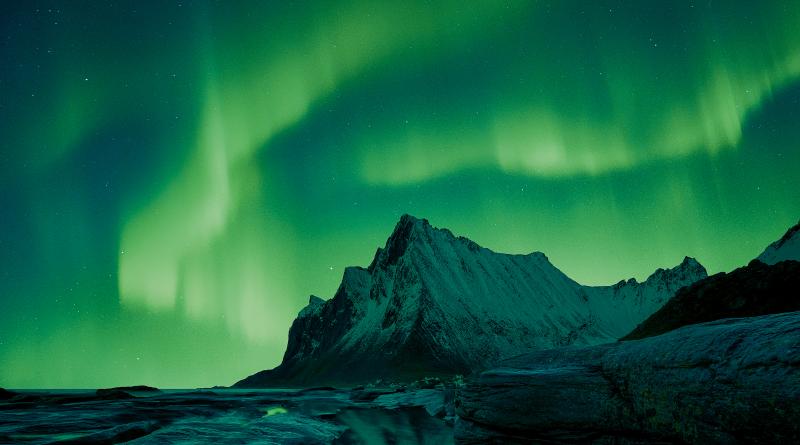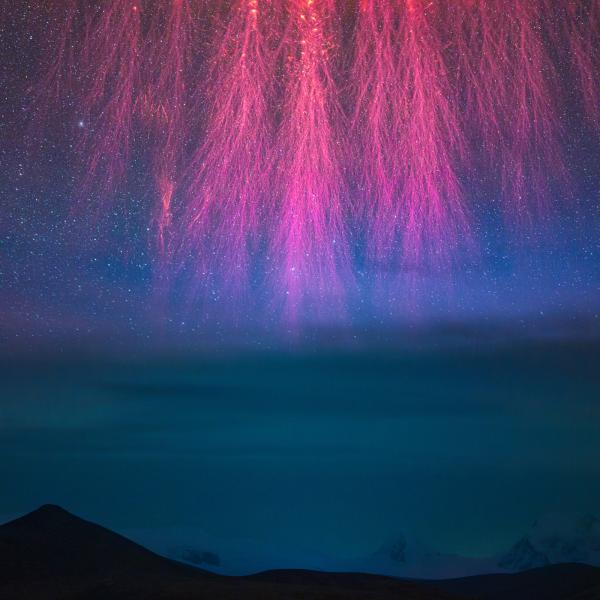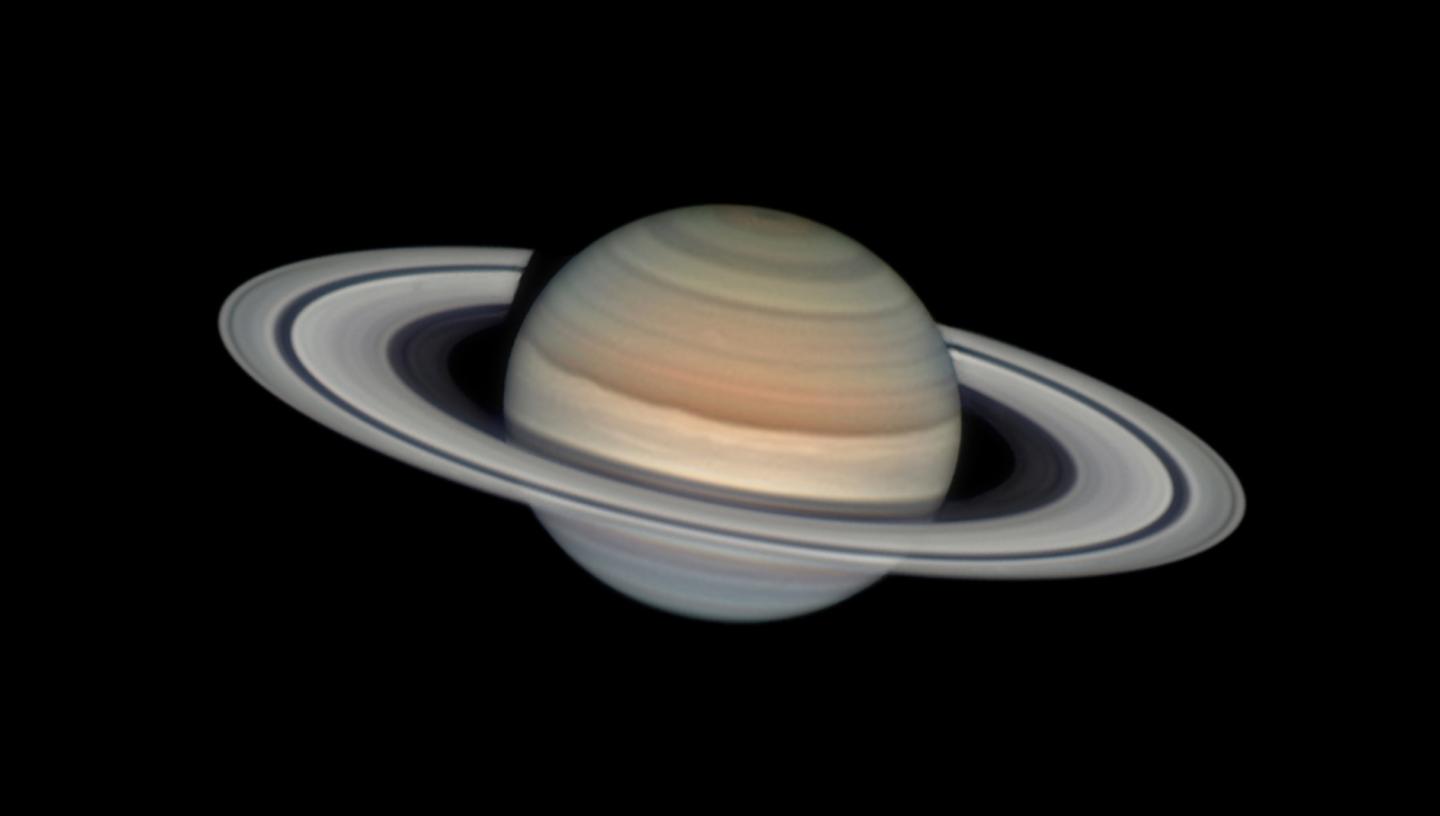
Among the bright dots in the sky a watchful observer will have no problems finding planets. Humankind has been observing them for thousands of years, but their true beauty was brought to light with the invention of telescopes.
In the 17th century, for the first time, our ancestors observed the rings of Saturn, the swirling storms on Jupiter, the phases of Venus and the moons around other planets. As technology improved, new discoveries were made.
Today, this hidden beauty of the Solar System is no longer hidden and these distant worlds are readily available at our doorstep with the use of the internet or with telescopic observations on a dark and clear night.
Modern telescopes allow the photographers in this category to use their amazing skills to capture so much more.
Planets, however, are not the only wonders of our Solar System. We mustn’t forget comets and asteroids, frozen in time from the very beginning. See the winners and full shortlist below.
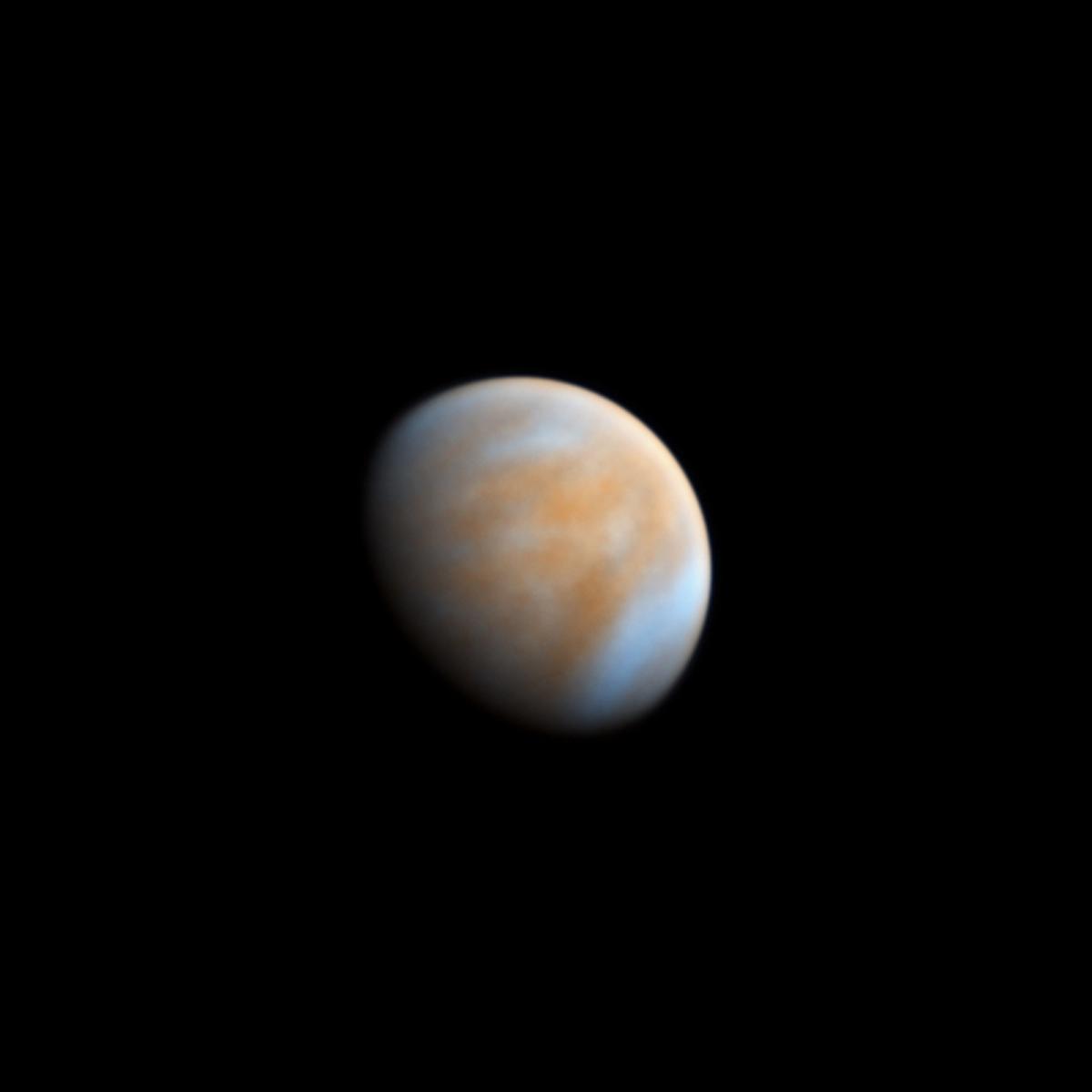
The winning image
Suspended in a Sunbeam by Tom Williams
Taken in Trowbridge, Wiltshire, UK, 26 February 2023
"This image shows a distinctly unique view of Venus, in infrared/ultraviolet false colour," explains astrophotographer Tom.
"Venturing past the visible part of the spectrum, a myriad of fine detail within the upper atmosphere of the planet is revealed. Despite Venus being poorly placed at the time, a spell of calm seeing conditions allowed a sufficiently high resolution image to still be achieved. RGB was mapped to IR(SynG)UV in post-processing."
Equipment used: Sky-Watcher 400P (16”) GoTo Dobsonian Reflector telescope, Baader Bessel (U)BVRI and ZWO IR850 filters, ZWO ASI462MM (Early-Bird) camera, 8,750 mm f/21.5, 5,000 x 5.9-millisecond IR exposures 29.5-second total exposure, 7,500 x 13.9-millisecond UV exposures, 104.25-second total exposure: 133.75-second total exposure time
Venus can be easily found with the naked eye or photographed with a small telescope, as it is the planet with the largest angular diameter that can be seen from Earth. But not like this. Capturing these atmospheric details from the sunlit side of the planet when it is so far from Earth is a remarkable achievement.
László Francsics
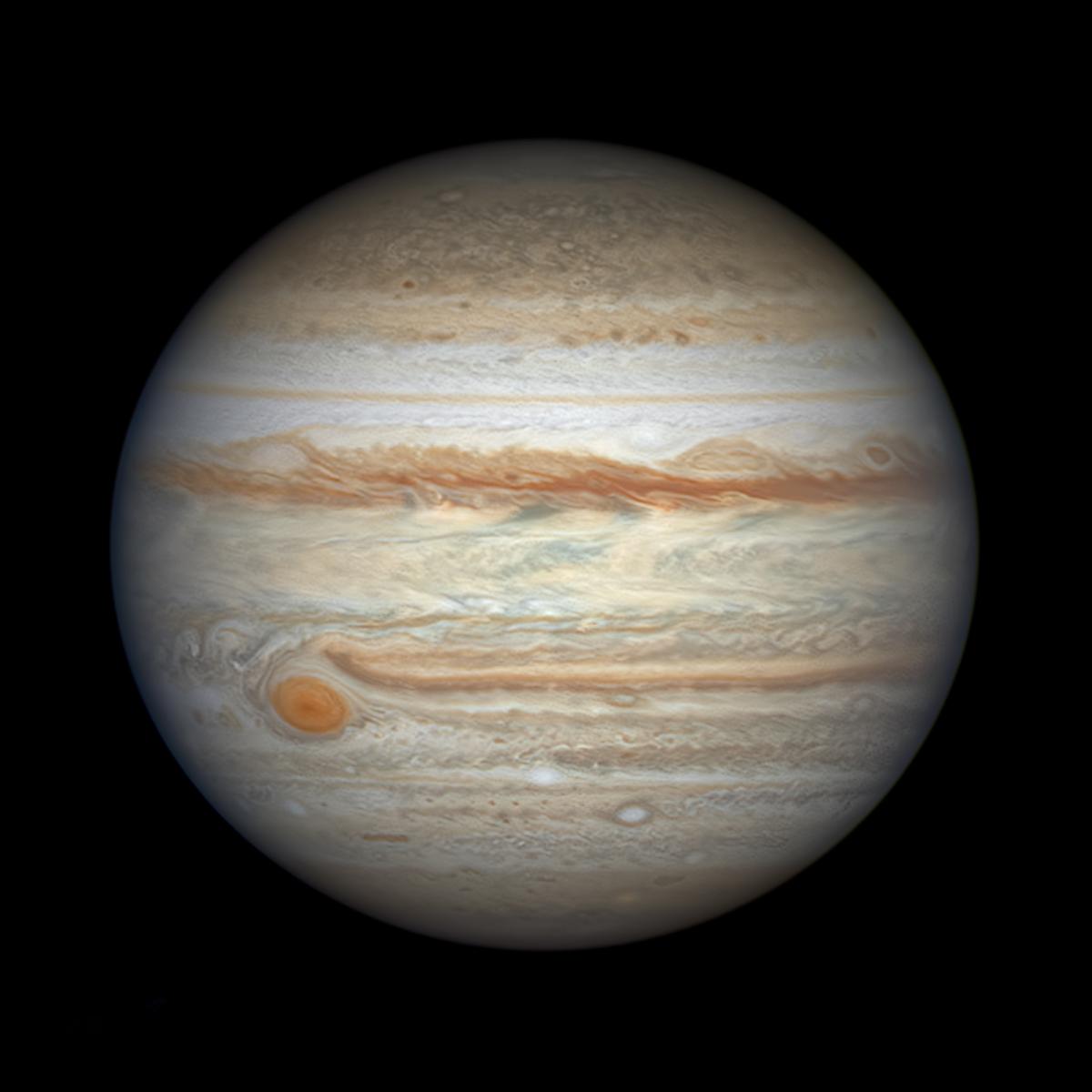
Runner-up
Jupiter Close to Opposition by Marco Lorenzi
Taken in Singapore, 30 September 2022
"This image of Jupiter was taken on the evening of 30 September, approximately 30 minutes after it crossed the meridian, during a brief period of superb seeing (>9/10)," Marco says.
"The great red spot and many details of the turbulent Jovian atmosphere are clearly visible, including several smaller storms (white spots). At the time of imaging (17:10 UTC) Jupiter was crossing the meridian at almost the zenith of my home location. The image is a combination of selected frames from three high speed videos, each one through a different LRGB filter using a mono camera. In total almost 20,000 frames were stacked with AutoStakkert3! to produce this composite. The telescope used is on the 12th floor rooftop terrace of my Singapore flat and the telescope mount and related electronics was home-designed and home-built. I used this particular design (horseshoe yoke) as the latitude of my observing site is just one degree north of the equator, so the telescope RA axis is basically horizontal."
Equipment used: Nauris Vates 21” telescope, Home-made horseshoe mount, Player One Saturn-M SQR (IMX533M) camera, focal length 10,000 mm aperture 535 mm f/3.8 with Barlow 5 x lens at f/19, H-alpha 360-minute exposure, L 510-minute exposure, R 90-minute exposure, B 90-minute exposure
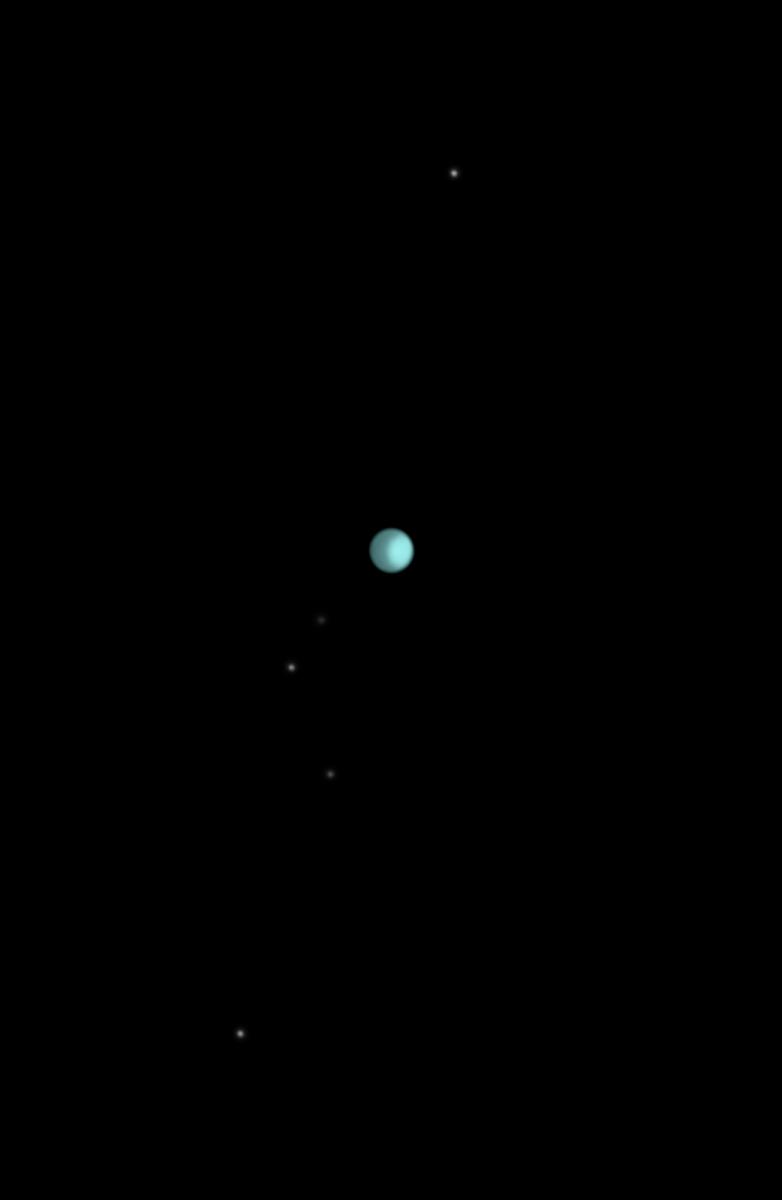
Highly commended
Uranus with Umbriel, Ariel, Miranda, Oberon and Titania by Martin Lewis
Taken in St. Albans, Hertfordshire, UK, 13 January 2022
"The cold Ice Giant, Uranus, is so distant that light from the Sun takes nearly three hours to reach it. This great distance means that from the Earth it seems both dim and small," says photographer Martin. "This makes it particularly difficult to image and requires special nights that are both still and clear. 13 January 2022 was one such rare night.
"The good conditions allowed infrared video data to be gathered over an extended period, helping reduce noise and allowing the very best video frames to be used to improve detail. That night the planet’s five brightest moons were strung out in a long line: from top to bottom they are Titania, Miranda, Ariel, Umbriel and Oberon. For this photograph the best frames were combined to produce an image of the planet which was then colourised to match its natural visual hue. One of the videos covered a larger area and was able to catch the moons in amazingly sharp detail. This was processed separately and recombined with the disc image to complete this group shot taken from afar."
Equipment used: Home-made 444 mm Dobsonian Newtonian reflector telescope, Baader 685 nm IR filter, home-made Equatorial Tracking Platform, ZWO ASI290MM camera, 5.6 m f/12.7, Gain 40; Uranus: 125-millisecond exposures, best 20% of 9,000 frames; Moons: 125-millisecond exposures, best 21% of 1,800 frames
Never miss a shooting star
Sign up to our space newsletter for exclusive astronomy news, guides and events.
See the full shortlist
Explore all the photographs in the Planets, Comets and Asteroids category.
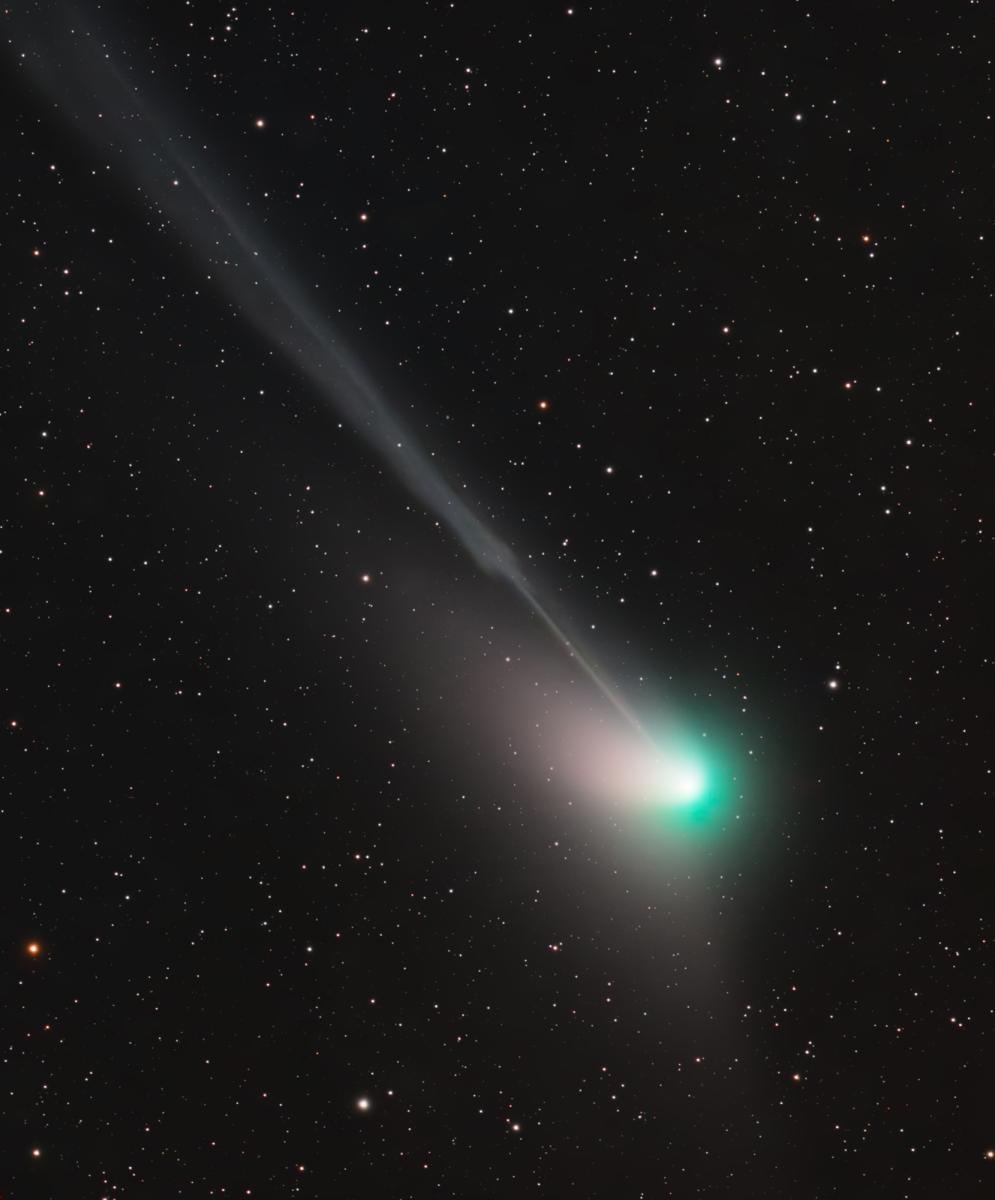
Comet 2022 E3 (ZTF) Disconnecting Event of the Tail! by David Cruz
Ferreira do Alentejo, Portugal, 19 January 2023
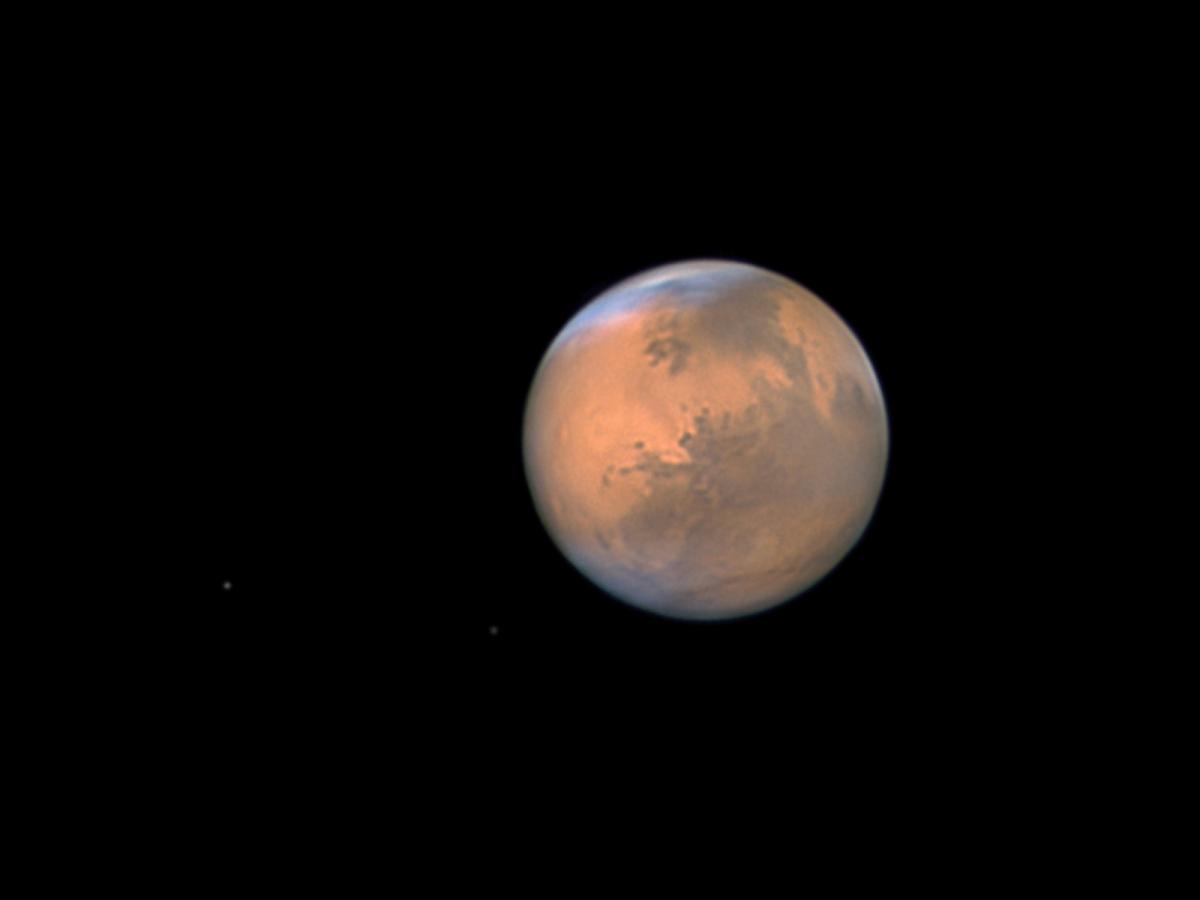
Pathfinder by Tom Williams
Trowbridge, Wiltshire, UK, 15 December 2022
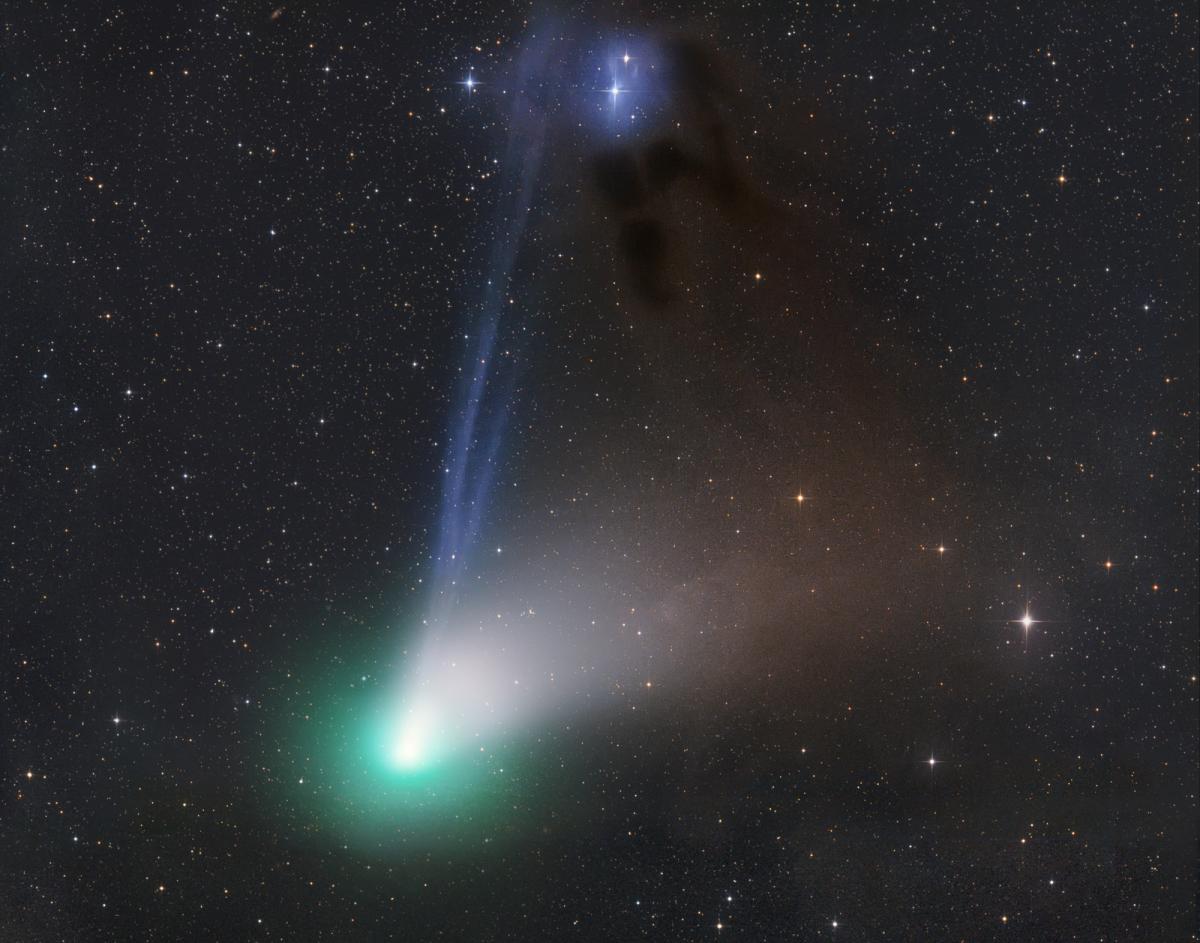
Colourful Triangle by Gerald Rhemann
Eichgraben, Lower Austria, Austria, 9 February 2023
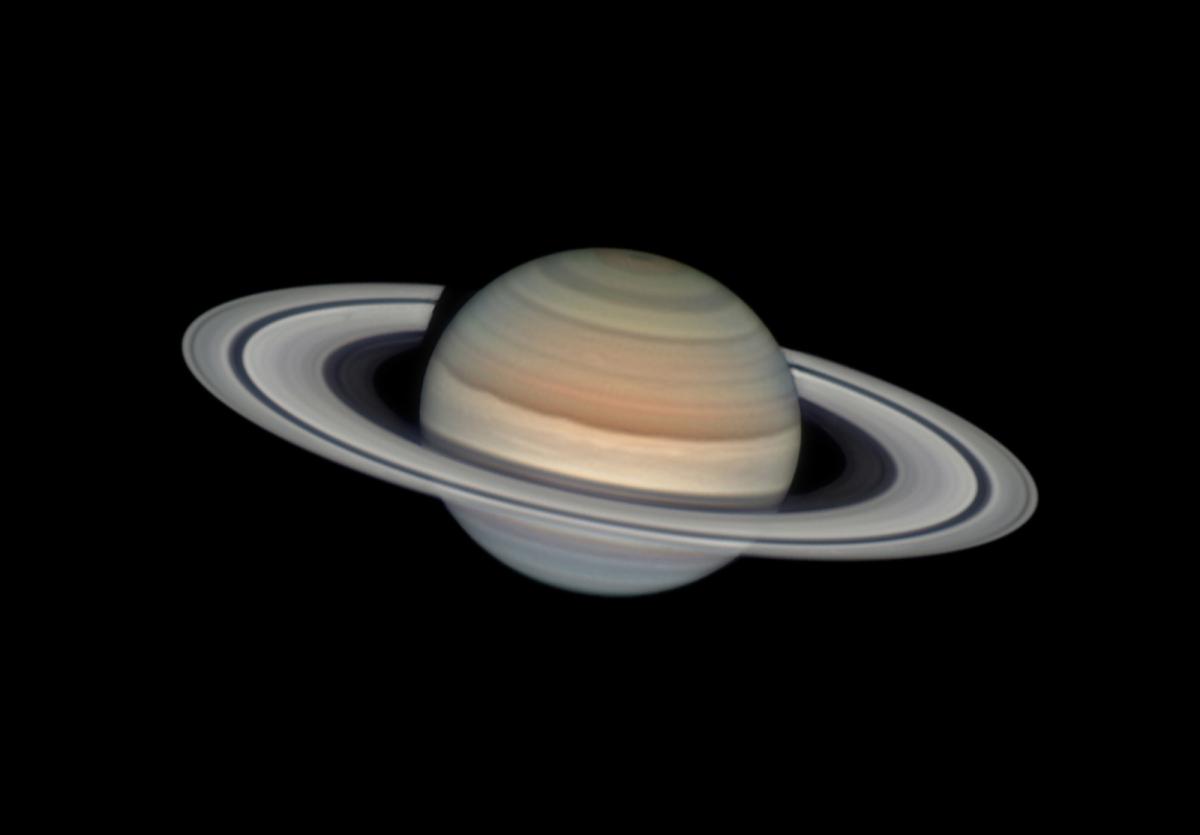
Colourful Saturn by Damian Peach
Marley Vale, Barbados, 22 September and 2 October 2022
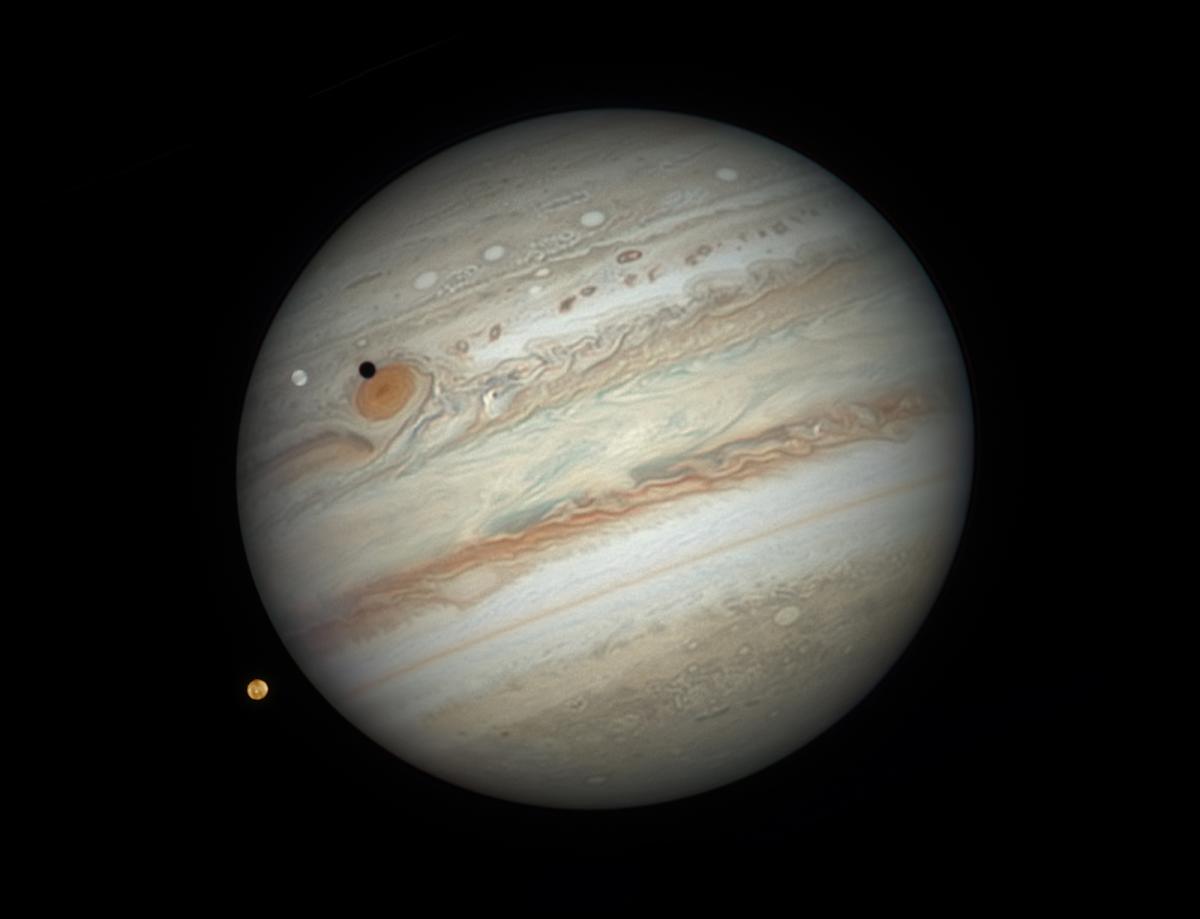
Dance of the Moons by Damian Peach
Marley Vale, Barbados, 2 October 2022
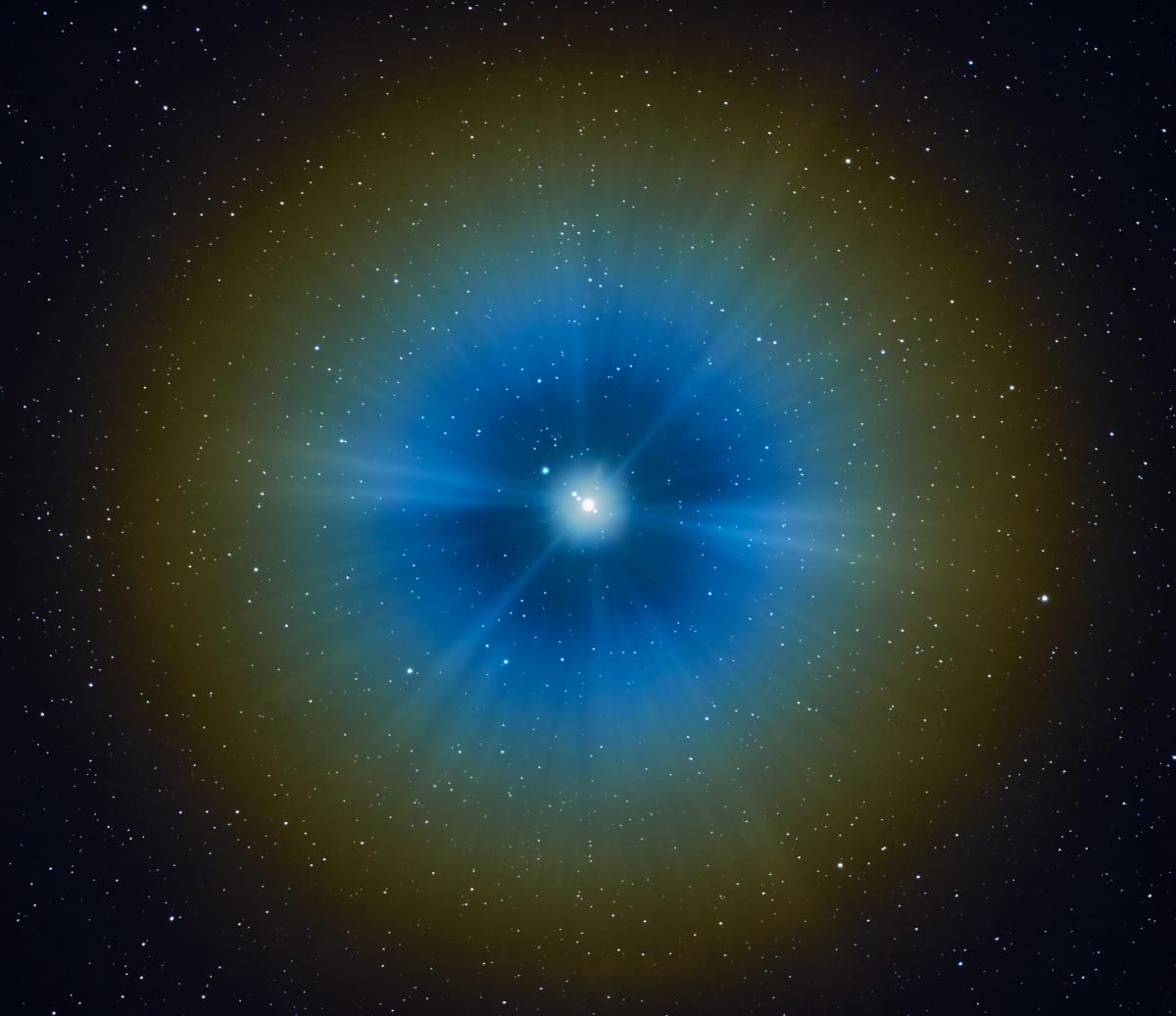
Jupiter in the Mist by Gregor Kresal
Medvode, Central Slovenian Region, Slovenia, 4 October 2022
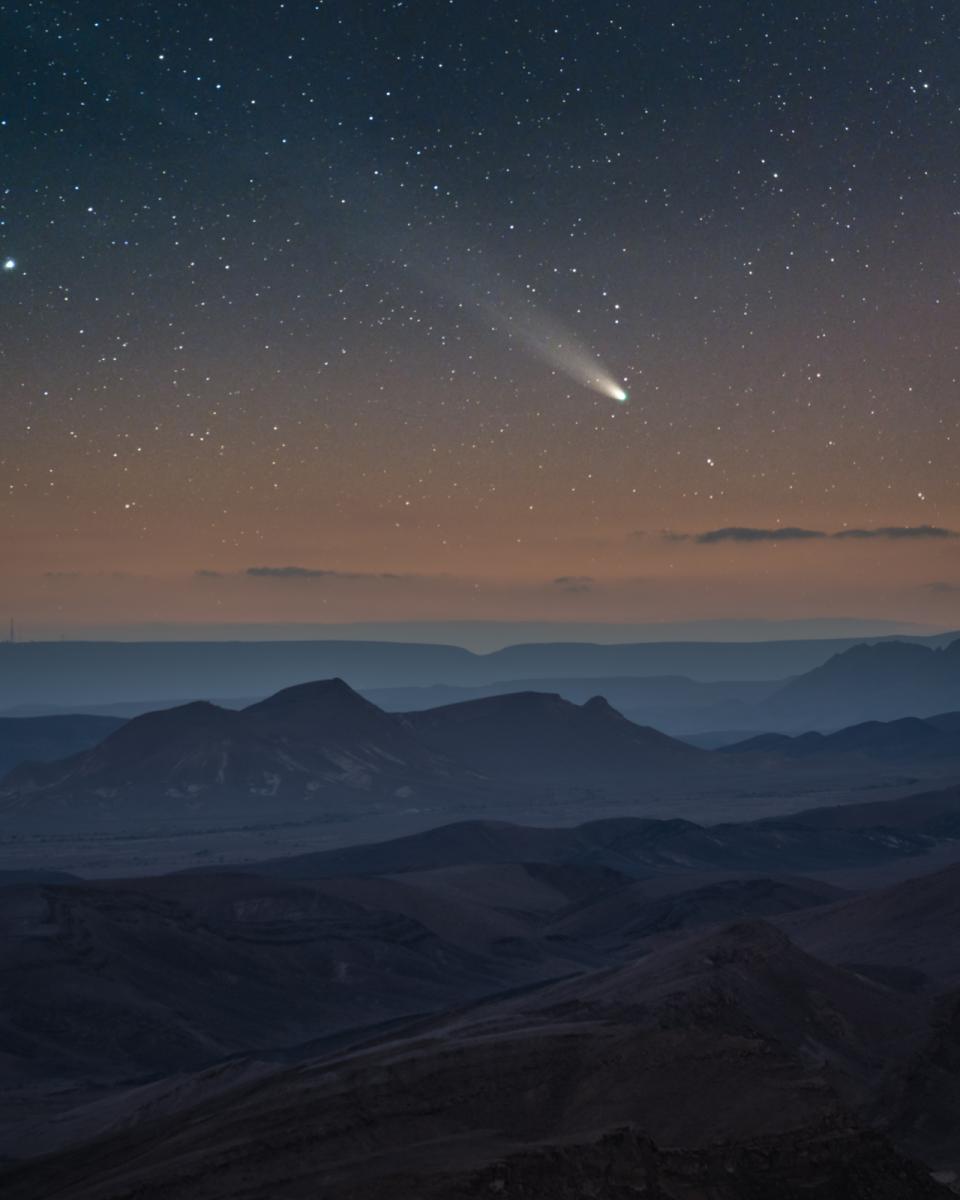
C2021 A1 (Leonard) In Sky of Israel by Alex Savenok
Negev desert, Israel, 4 January 2022
Our partners



